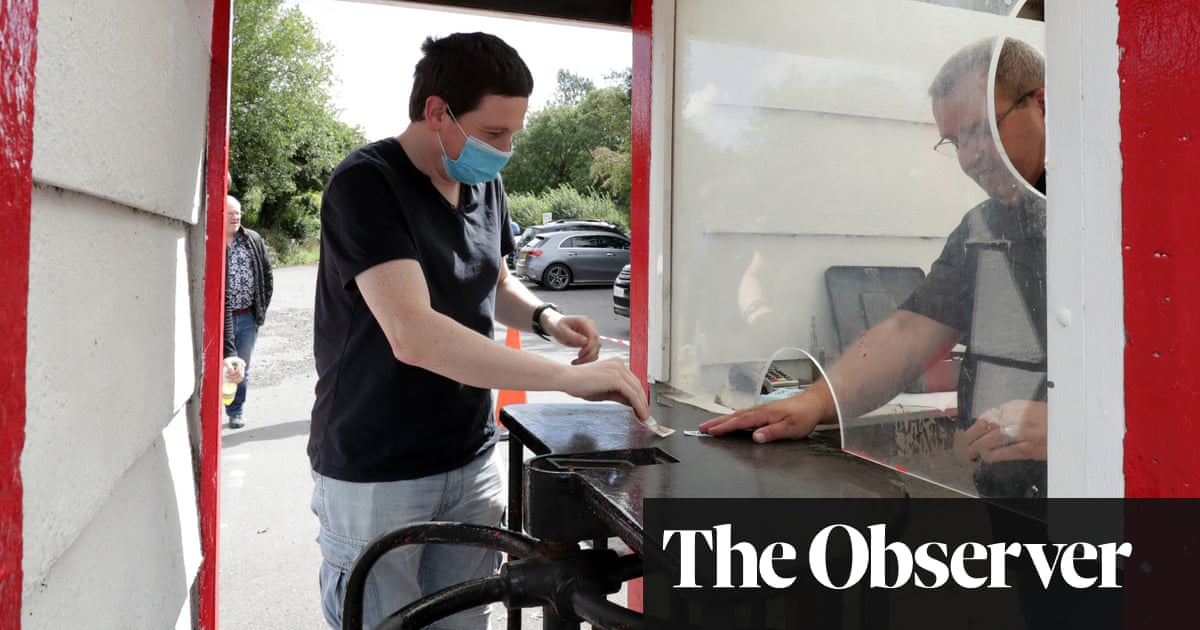What I suggest is how science works. You must factor in random elements, and with an infection such as Coronavirus, the very real phenomenon that symptoms vary from gravely ill / death, to absolutely nothing at all and everything in between. It would be preposterous to base a statistic such as mortality rate exclusively on known positive tests.
Nope. You measure, you infer, you can predict, you then construct an experiment, you measure again. , You ask yourself is this consistent with a previous measurement and present theory . If so you gain confidence ,if not you repeat until you can no longer deny it. Then you move on and repeat
Now I am not at all denying that the CV19 can affect different people with different outcomes, and we can speculate as to WHY. We,or more particularly those with experience in the field devise a plausible reason ,then then construct an experiment to test that plausible explanation and measure. The single dominant theme is measurement. It is possible that only 1 in a thousand persons who contact the virus pass it on, or have symptoms. What one does is recognise this as a possibility, and then construct experimental methods to test this hypothesis. Unless these unrecognised CV19 infections produce an effective and long duration immunity, they are basically irrelevant in any event.
What one does not do is invent an arbitrary "infection" rate in the absence of evidence.
At the moment we have three measurements.
1. No of people who have positively measured as having an active CV19 infection.. currently 23M
2. The number of people who have died subsequent to that measurement inthe last 7 months currently 0.8M
3. The number of people for whome some antibody test implies that they were affected with a CV19 type infection in the past .. number not known. Different public authorities are making different guessimates.
4. The number of people for whom treatment is finished ...and on whom I and worldometer suggest leads to a 5% mortality , is also uncertain as some public bodies are defining survival beyond a 2 or 3 weeks of initial positive infection as "cured".. So while that is quoted as 16M , the basis for that is suspect
Everything else ..and including to some extent #3 , #4 above are uncertain.



